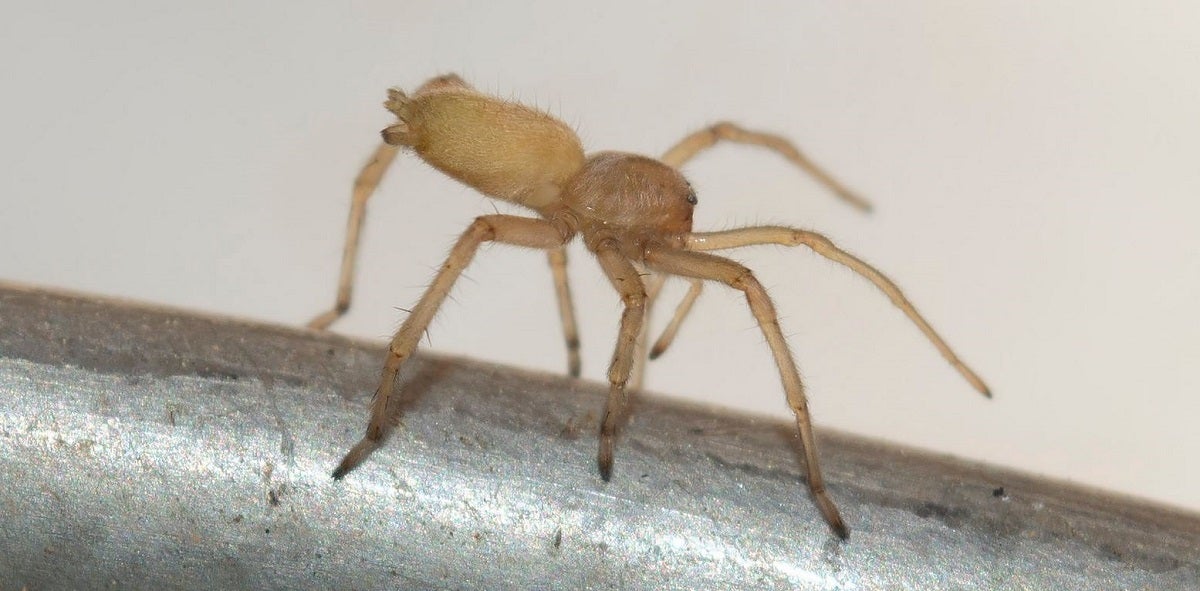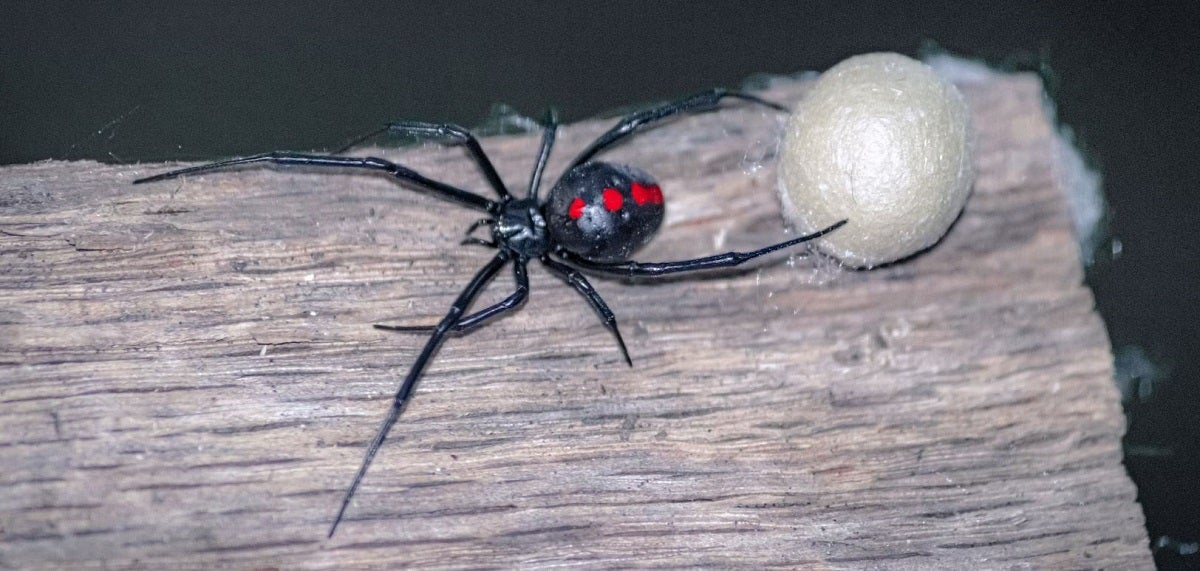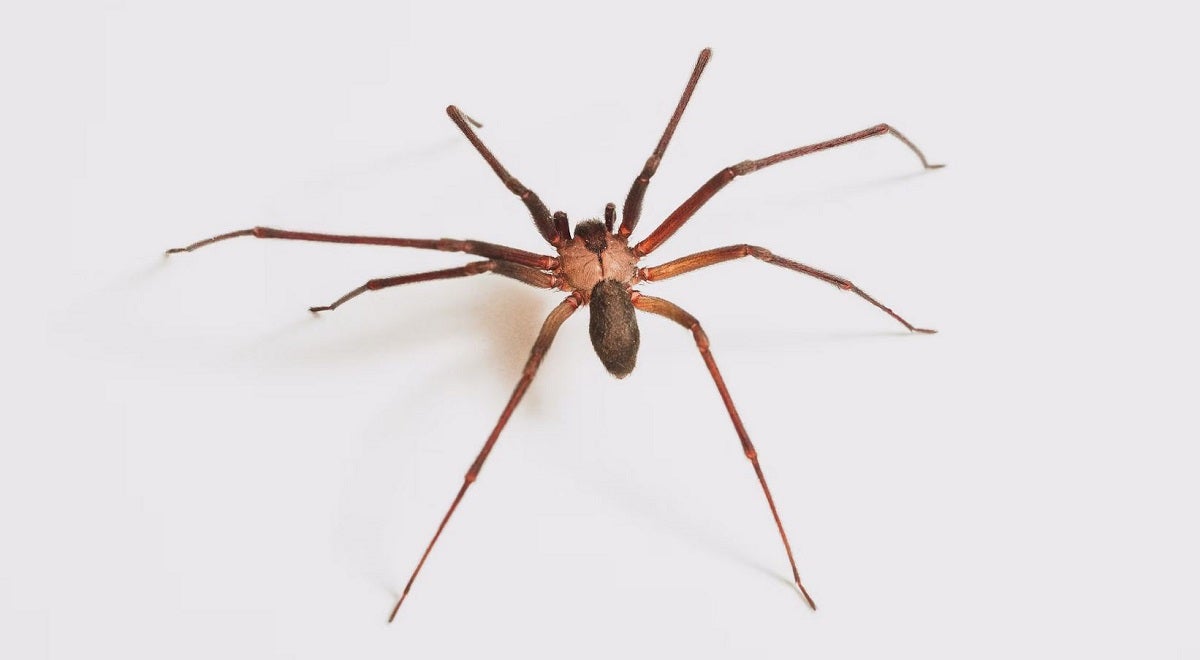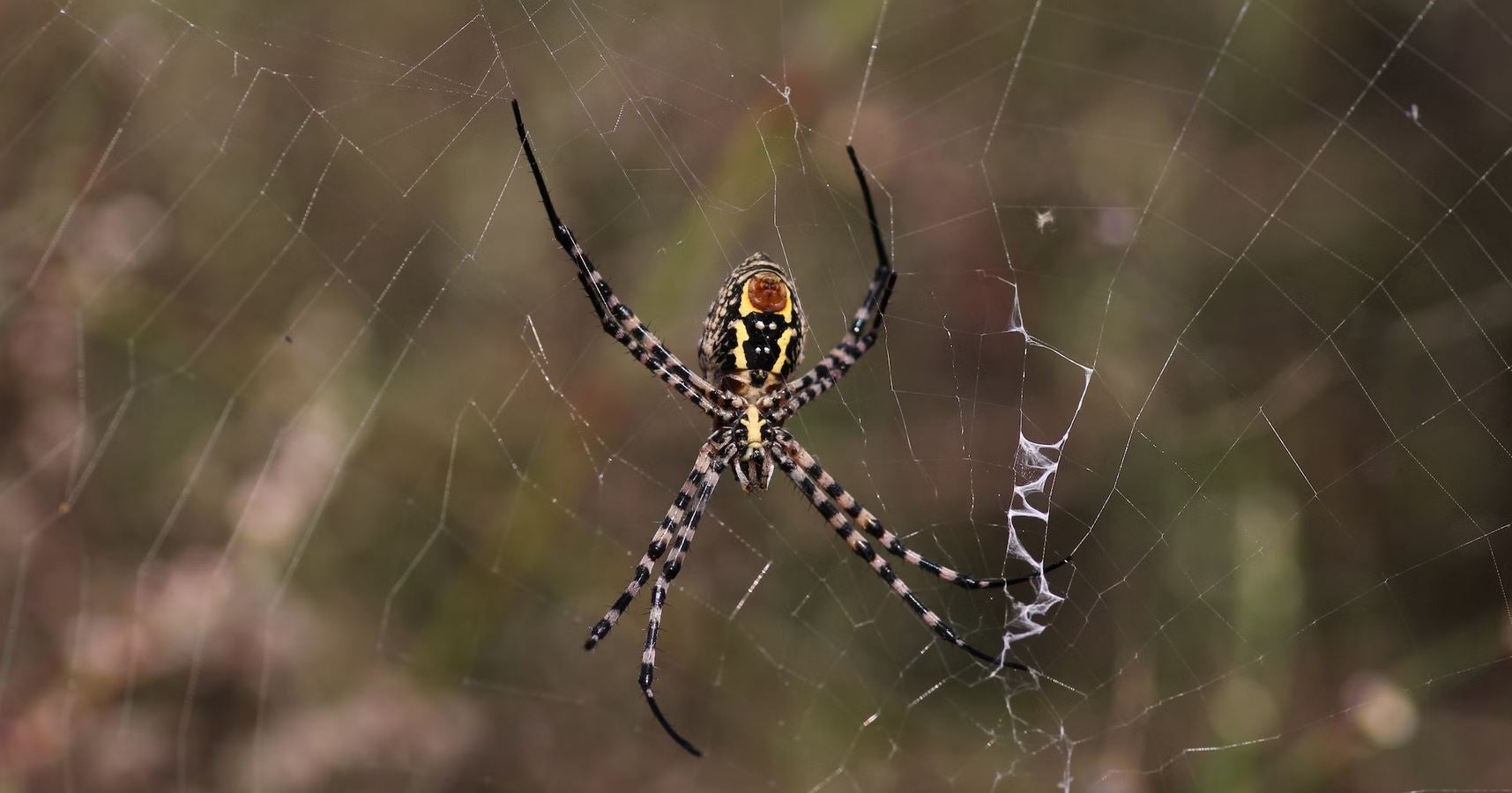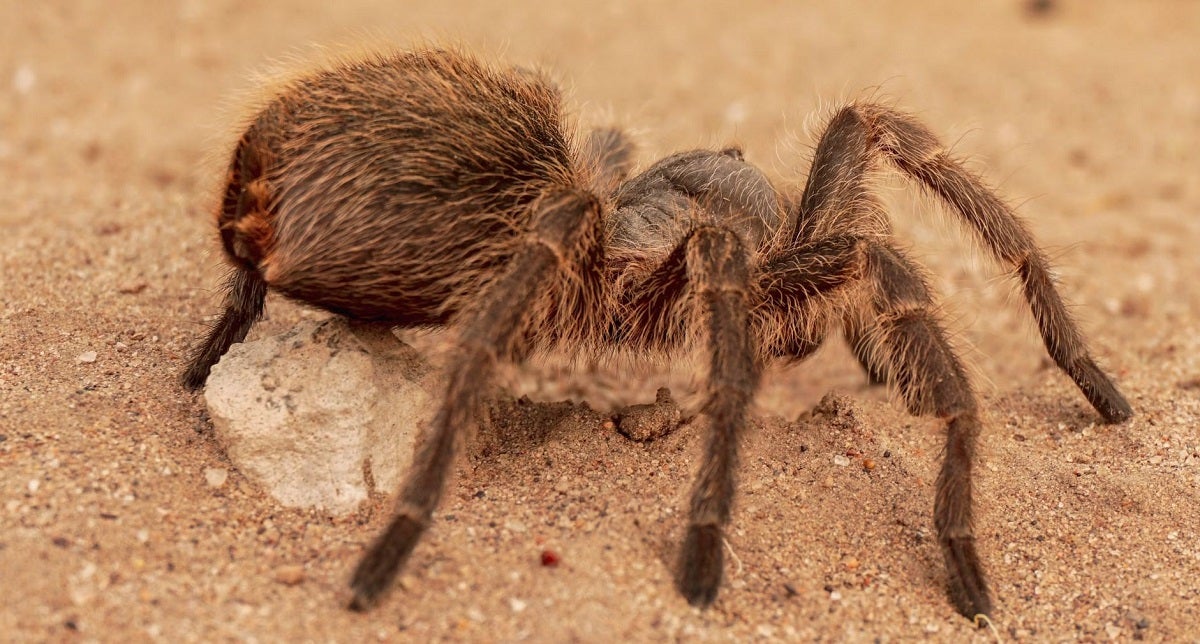Eight-Legged Death: America’s Most Venomous Spiders
Travis Olander 12.08.23
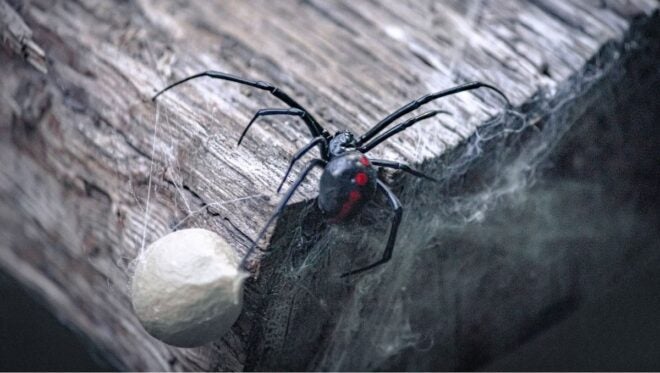
OK, the title might be a tad sensational: very few Americans die from spider bites. But that number is greater than zero (it’s about 7 people each year), and some of America’s venomous spiders do, indeed, cause severe medical emergencies. Like this Missouri woman, who had to have her leg amputated after being bitten by a spider that’s commonly found in 16 states (we’ll detail it below).
Medical Coverage on AllOutdoor
- AllOutdoor Review: My Medic TFAK – Micro Trauma First Aid Kit
- IFAKs: Building an Effective Individual First Aid Kit
- AllOutdoor Review: My Medic Bite & Sting Med Pack – Ready Collection
- AllOutdoor Review – Grey Man Tactical Vehicle Seatback RMP Package
If you’re reading this, you probably love the outdoors. You might even consider yourself “tough n’ rugged.” That sort of macho manliness often invites us to defy nature, play with creepy-crawlies, or generally “f@!k with the wildlife,” as they told us not to do in the service. The problem with that is venomous spiders are far more endemic than you think – and some resemble incredibly common, harmless arachnids that you probably find in your home or near your local hiking trails regularly. Here are America’s most venomous spiders, with key identifiers to help you avoid them. We’ll also cover two totally harmless, common species that many folks think are dangerous.
#5: Yellow Sac Spider
The first entrant on our list is the smallest and, in most cases, the least harmful. The roughly half-inch Yellow Sac Spider is considered a common house spider concentrated in the eastern U.S. It’s mono-colored, usually a pale yellow or tan, with a stout, rounded thorax and almond-shaped abdomen that measures about twice the thorax’s length. Yellow Sacs thrive on organic waste and have adapted well to urban dwellings. Outside, they like to hide in lawn trimmings, dead leaves, and overgrowth. Inside the home, they can be found in virtually any dark nook and cranny that offers quiet and seclusion: Basements, laundry rooms, closet corners, and the like.
Yellow Sacs will seek shelter during colder months, and it’s not uncommon to find them in wood piles, near hiking trails, and around campsites. The Yellow Sac may look dainty, even cute to some, and it’s not aggressive. But if it feels threatened when trapped or picked up, it will bite. The Yellow Sac Spider’s venom usually causes no symptoms at all, or mild symptoms, like swelling, welting and blistering, itching and burning, and mild necrotic tissue damage that heals on its own with little or no scarring. For most, these symptoms don’t require any medical care. But in some cases, severe allergic reactions and more dire symptoms can develop, like anaphylaxis, more advanced necrosis, fever, dizziness, and nausea.
#4: Hobo Spider
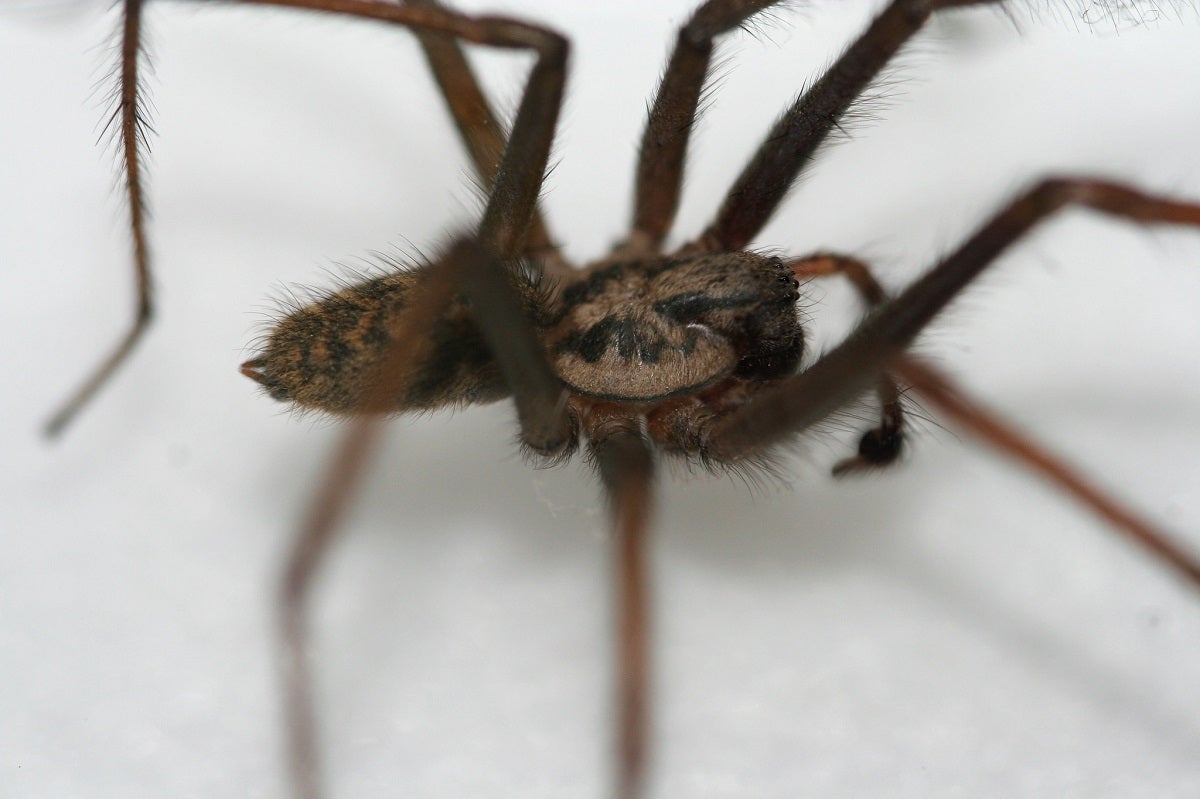
The Hobo Spider is often confused for, and is nearly identical to, the Giant House Spider, a harmless and common arachnid found throughout all of North America. But the Hobo Spider, which is found in the Pacific Northwest and neighboring states, like Wyoming, Colorado, and Utah, is not exactly harmless. The Hobo Spider measures about 1″ to 2″ in diameter. It has long, thin, hairy legs, an oblong thorax, and a broad abdomen with pronounced spinnerets. Its legs tend to appear tan or light brown, while its core is a darker brown. Its thorax and abdomen typically display mottled or wavy patterns of black markings.
The Hobo Spider’s bite contains a necrotic compound – one more powerful than the Yellow Sac’s – which destroys tissue and can create wounds that take weeks or months to heal. Thankfully, only 50% of those bitten ever develop symptoms and, even in the presence of moderate to acute localized symptoms, the Hobo Spider’s bite is not considered life-threatening. In most cases, only minor skin irritation will follow a bite, which may include swelling, burning, itching, and blistering. Hobo Spiders like to make homes in any habitat with a hole, crack, or dark crevice. That includes trees and fallen logs in the wilderness, and any secluded, dark crawlspaces in the home. Hobo Spiders are poor climbers and like to stay low to the ground.
#3: Red Widow
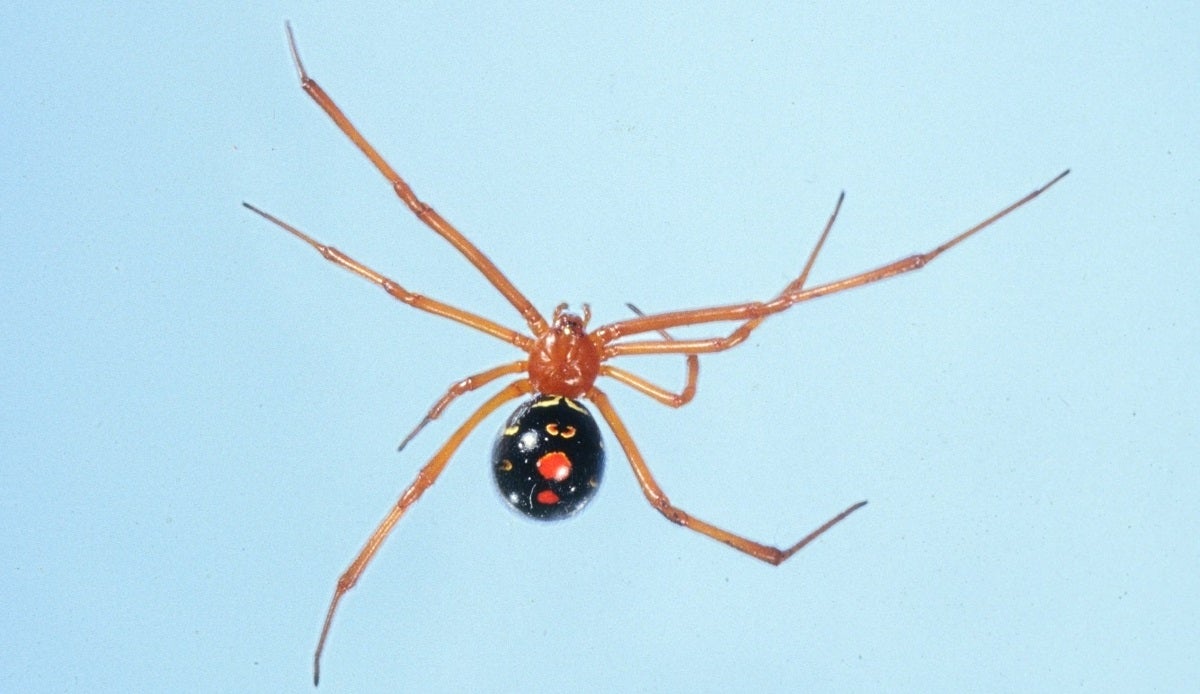
The sand-loving Red Widow can be found throughout central and south Florida, and its appearance is unmistakable: It sports a deep red, round thorax with long, bright legs, and a round, jet black abdomen spotted with red and white patterns. The Red Widow isn’t a particularly large spider – females measure just 1.5″ to 2″, while males measure half that – but its venom can pack quite a punch. The Red Widow’s venom is a neurotoxin that can cause unrelenting muscle spasms near the bite, with redness, pain, swelling, and cramping in milder cases. Flu-like symptoms are not uncommon, which may include nausea, vomiting, tremors, and cold sweats. In rare cases, more severe symptoms can develop, including high blood pressure and seizures.
Thankfully, the Red Widow typically injects a small amount of venom and most bites (which are seldom reported) result in only mild symptoms. The species itself is also threatened. Red Widow Spiders have become increasingly rare, and their restrictive habitat – they reside almost exclusively in sandy flatwoods, where they make webs in mature palmetto fronds – means they seldom come in contact with humans. The Red Widow’s appearance also betrays its docile disposition; you’ll find plenty of spider experts handling this arachnid with bare hands.
#2: Black Widow
Does it need any introduction? Perhaps the most recognizable venomous spider ever, the Black Widow is a common inhabitant throughout the lower 48 states, though it’s concentrated in the middle southern states and the Southwest. The Black Widow’s stark appearance is easily identified: Its entire body is jet black, with bright red spots marking its abdomen; a telltale “hour glass” pattern is often seen in its red pattern. The Black Widow’s bite is the most commonly reported venomous spider bite in the U.S., with about 2,500 bites reported annually to poison control centers.
Contrary to popular belief, though, nobody has died from a Black Widow bite. At least not since the Association of Poison Control Centers began recording bites in 1983. Like their red Floridian cousins, Black Widows are reclusive and docile, and prefer to hide rather than act aggressively. Mild bite symptoms follow the gamut of what we’ve seen from the other entrants on our list: localized redness, swelling, burning, and itching, with some nausea, sweating, and fever. But in severe cases, cramps and spasms can persist for up to 12 hours, with seizures, shock, and severely high blood pressure requiring emergency treatment.
#1: Brown Recluse
The Brown Recluse is found throughout the south-central Midwest, from Nebraska and Ohio to Texas and Georgia. It is, indeed, one spider whose mere presence you should take seriously. Avoid physical contact with this arachnid at all costs. This writer personally witnessed an Army basic trainee suffer advanced necrosis near his kneecap after being bitten by a Brown Recluse at Fort Sill. The frightening component of the Recluse’s bite is its intensely necrotic effects.
Although the bite wound may at first appear mild, underneath, severe tissue damage, including liquefaction of muscle and blood vessels, can result in extensive surgical removal of tissue, even amputation. Because of its potency, the Recluse’s venom can destroy nerve endings and induce a false sense of good prognosis when, in fact, the bite and its effects are severe. The aforementioned trainee ignored his bite to avoid being cycled backward in training. It was only after he unknowingly scraped the skin off his knee three days later, exposing bone and blackened tissue filled with coagulate, that he succumbed to emergency medical care. His injury required tissue removal and a skin graft, and he was removed from training.
The Brown Recluse is the only spider on this list to have caused fatalities. Recluse bites can be mild, with only localized pain lasting 2 to 8 hours after the bite. Usually, a small ulcer will develop, with only mild necrosis presenting and surrounding tissue healing on its own after a week or two. But because of this spider bite’s potentially severe effects, those bitten should seek medical attention immediately.
Like the Hobo Spider, the Brown Recluse is deceptively simple and harmless at appearance. It’s a small spider, measuring just over an inch in diameter, with no bright markings indicating its danger. It displays a muted brown thorax and legs, and a darker brown abdomen. But like the specimen exampled above, its thorax may appear lighter, cream colored, or pale tan. The Brown Recluse is often mistaken for the common Giant House Spider and the Hobo Spider. Got the heebie-jeebies yet? Let’s turn it around and look at two incredibly common, albeit scary-lookin’ American spiders that are not at all dangerous, though many think otherwise:
Orb Weaver Spider
Oklahoma is a veritable hot spot for spooky arachnids: This writer ran face-first into a massive Golden Orb Weaver’s web whilst traversing a land navigation course at night, wearing NVGs. Of course, the aforementioned eight-legger happily clung to my PVS-14 and began crawling around my face and helmet. It was then that a fellow NCO, in between bits of laughter, chided that Golden Orb Weavers are not – despite their striking colors, stripes, and bright patterns – venomous or harmful. The Orb Weaver family comes in plenty of shapes and sizes, though all subspecies have some sort of bright color pattern or spiky thorax usually reserved for venomous species. Orb Weavers can also be huge, with some measuring up to 8″ in length from leg to leg. Though some Weavers possess a mild venom, they do not pose any threat to humans and, in the rare event you’re bitten, you won’t develop any alarming symptoms beyond dull pain, mild swelling, and redness from the puncture.
Tarantula
To some, the Tarantula, found primarily in the American Southwest, is a monster of a spider. But this big, brown, fluffy arachnid is completely harmless. Though all Tarantulas are venomous, they reserve their weak toxins for hunting prey. People can be envenomed by a Tarantula bite, but most often, a threatened Tarantula will merely “dry bite” an offending human without injecting venom.
Even if you’re envenomed, you won’t develop any dangerous or alarming symptoms unless you’re the rare, unfortunate soul who suffers an allergic reaction. Nobody has ever died from a Tarantula bite and these large spiders can, in fact, be quite sociable. It’s why many choose to keep them as pets. Even in the wild, Tarantulas are slow moving and docile; they’re far more likely to run and hide than rear their legs up and show you, their fangs. If you made it this far, your skin is definitely crawling. Check out our top four recommendations for keeping creepy-crawlies away (including spiders) on your next hike or camping trip.

